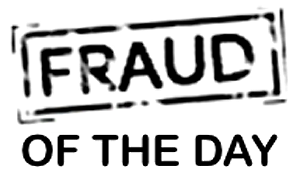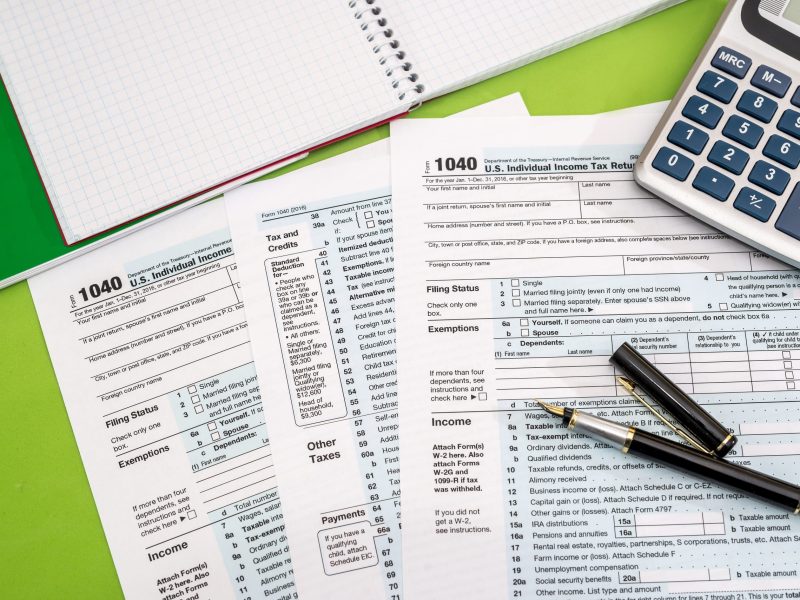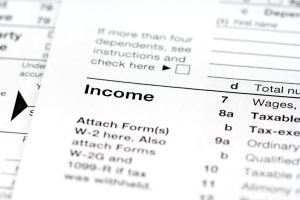The U.S. Postal Service’s (USPS) creed is, “Neither snow nor rain nor heat nor gloom of night stays these couriers from the swift completion of their appointed rounds.” These hard-working employees do their best to deliver letters and packages of all shapes, sizes, and weights to their intended recipients through all types of weather conditions. (What they didn’t know when they signed up for the job was having to fend off fraudsters from stealing said letters and packages.)
In the affluent Washington, D.C. suburb of Chevy Chase, Md., fraudsters have been busy targeting those iconic USPS blue mailboxes that make it easy for you to drop off letters without having to drive all the way to the post office. Steven Rosen, 59, was recently victimized when his bank alerted him that a check he had written to the Internal Revenue Service had been stolen and rewritten for $13,000.22.
Rosen immediately alerted the U.S. Postal Inspection Service, opened a new bank account, and went on with life thinking that the problem was solved. (Well, he was wrong.) Using his new checks and his new bank account, he dropped another check written to his tree-care service into the same blue mailbox. He called the business to make sure the check had been received, but it had not. That check was repurposed and written to an individual for $2,500. (This technique is called check “washing.”)
Rosen skipped calling the U.S. Postal Inspection Service this time, which never contacted him regarding the first incident, and called the local police. That’s when he found out mail fraud was running rampant during the coronavirus pandemic across the country, and his area had recently become a hot spot.
The trend in stolen checks is linked to USPS letter carriers being robbed for arrow keys, which are used to open most mailboxes across an entire Zip code area. (The motive being financial theft.) Criminals steal mail to get checks and personal identifying information, then commit bank fraud, mail fraud, wire fraud, and identity theft.
Apparently, these criminals are quite organized. According to Georgia State University’s
Evidence-Based Cybersecurity Research Group there are many platforms, such as Telegram, ICQ, and WhatsApp, used to sell stolen checks. And there are labs equipped with technology that allows these fraudsters to use nail polish remover to erase the payee’s name and the amount. That information is usually replaced with another payee’s name and a much higher amount. Interested buyers can use a fake ID to cash the check at locations such as Walmart. (Easy peasy, right?)
What’s the cost for buying one of these checks, you ask? (Anywhere between $100 – $400.) The USPS arrow keys were selling for between $5,000 and $7,000 to access mailboxes in Maryland and North Carolina. One in Florida went for $3,000. (The price of the key depends on how many mailboxes it opens. And either cryptocurrency or cash is used to complete the transaction.)
Thieves used to steal checks from residential mailboxes with red flags up. They’ve moved on to the USPS blue boxes, and it’s highly unlikely that they will stop there. Criminals are targeting areas such as Chevy Chase because of the wealthy residents that live there. Fortunately, Rosen was able to have the money that was stolen from him restored to his bank accounts, but that is not always the case.
It’s better to err on the safe side and walk those extra steps or drive the extra miles to personally drop off your mail at the local post office. An even better idea is to pay as many bills electronically as possible. (Although, I’m sure that’s the next frontier for fraudsters who are looking to make a quick buck at your expense.)
Today’s Fraud of the Day comes from an article, “The stolen-mail scheme now targeting a wealthy D.C. suburb,” published by The Washington Post on April 30, 2022.
In January, Steve Rosen dropped a check to the Internal Revenue Service in a blue mailbox a block from his home in the affluent D.C. suburb of Chevy Chase, Md. About two weeks later, his bank called him to alert him to fraud. Someone had stolen his check and rewritten it for $13,000.22.
The 59-year-old lawyer immediately filed a report online with the U.S. Postal Inspection Service but says he never heard back from them.




